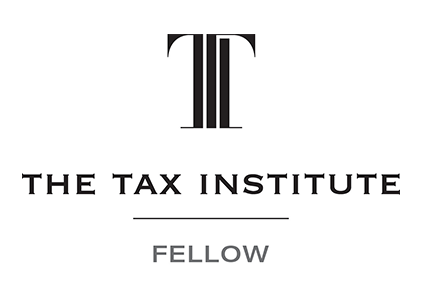
The rules around the valuation of assets held under an SMSF have seen a lot of changes over the years. The requirement to consider valuing SMSF assets at market value when preparing the annual financial statements of the fund was one of the most significant and controversial of these changes.
The use of market value accounting for financial statements is regarded as a good practice, but was not imposed on SMSF trustees as a legal requirement.
Since 7 August 2012, a mandatory requirement by regulation came into force, and now aligns SMSFs with accounting principles. Consequently, for the 2012-13 and later financial years, SMSF trustees are required to use market values for the purpose of preparing year-end financial accounts and statements.
WHY ASSETS NEED TO BE VALUED AT MARKET VALUE
Asset valuation is one of the most significant matters SMSF trustees need to address to confirm compliance with all relevant laws and regulations.
In light of the SIS Act and SIS regulations, a market valuation is required for:
- preparing the annual financial accounts and statements of the fund
- acquiring assets from a related party of the fund
- investments made and maintained on an arm’s length basis
- determining the value of assets that support a member’s super pension;
- when an accumulation fund has underlying assets that commence to provide for a pension, the assets must be valued at their market value on the commencement day of the pension
- for ongoing pensions, the assets must be valued at their market value on 1 July of the financial year in which the pension is paid
- determining the market value of an SMSF’s “in-house” assets as a percentage of the value of all assets in the fund;
- SMSF trustees must not invest in in-house assets that cause the total in-house assets to exceed 5% of the market value of the fund’s assets at the time of investment
- if an SMSF held in-house assets, all fund assets must be valued at their market value on 30 June of the income year the in-house asset(s) are held in order to ascertain if a breach of the in-house asset rules has occurred
- selling certain collectibles or personal-use assets to a related party of the fund (as explained further in this article).
REASONS FOR MANDATORY VALUATIONS
The ATO was justifiably concerned about a lack of compulsory market valuations of assets.
Failure to record accurate market values of all fund assets, especially of the non-current assets, can have a significant impact on members’ balances and may lead to a trustee inadvertently breaching certain provisions.
In cases where a trustee has under- or overstated fund balances, it will be difficult to:
- identify the resources that the fund has available for payment of benefits;
- for example, an overstated pension balance for a member in the transition-to-retirement phase can lead to situations in which the member takes out more than the allowable maximum limit of 10% of the pension balance. Alternatively, when the market value of fund assets is understated in records, there is the potential for members in transition-to-retirement or pension phase to withdraw less than the minimum amount set in place by the regulations
- if a member were to leave the fund, an inaccurate valuation can cause an incorrect member balance to be shown in the fund’s records, which can lead to the trustee paying or transferring out less or more than the required amount
- determine whether the mix of investments in the fund is in accordance with the investment strategy and adjust the investment mix around the benchmark weighting within the ranges nominated in the fund’s investment strategy
- ascertain whether the market value of the SMSF’s “in-house” assets exceeds 5% of the value of total assets held by the fund.
The ATO requires all assets held under a SMSF to be valued at their market value for all valuation purposes.
Tax Store Accountants South Brisbane.
Our Management Credentials




